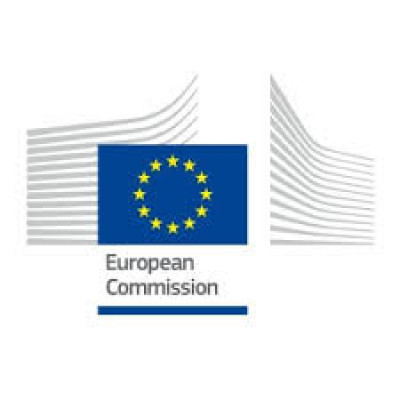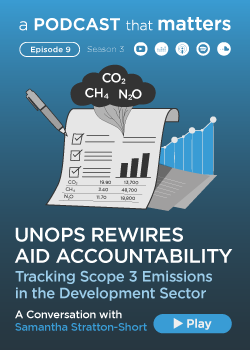Print

Prevention to Reduce Incidence of Sexual Abuse by Reaching Individuals Concerned About Their Risk to Young People: PRIORITY
Details
Locations:Canada, Germany, Portugal, Sweden
Start Date:Feb 1, 2022
End Date:Jan 31, 2025
Contract value: EUR 1,713,507
Sectors: Gender & Human Rights, ICT & Telecommunications, Security & Peacebuilding
Categories:Grants
Funding Agencies:
Date posted:Mar 21, 2022
Description
Programme(s): Internal Security Fund Police-Organised crime and human trafficking
Topic(s): ISFP-2020-AG-CYBER
Type of action: ISF-Police Action Grant
Project ID: 101038787
Objective
The objective of the planned action PRIORITY is to reduce barriers to accessing prevention interventions for individuals concerned about their risk to sexually abuse a child. To overcome these barriers, an available and elaborated Swedish online platform (ITerapi) will be used for large-scale and sustainable delivery of an online program (Prevent It 2.0). Prevent It 2.0 will be a further refinement of a prevention program with encouraging preliminary results. It will be translated, culturally adapted, and implemented in Germany, Sweden and Portugal: three countries, representing both different population densities and differences in the development of their prevention infrastructure. For individuals at risk who are already known to the police but have not yet been convicted, an innovative access route will be established in close cooperation with law enforcement authorities. In order to facilitate a broader and sustainable dissemination to other EU countries after the end of the project, country-specific implementation and access barriers will be studied and used to provide detailed recommendations for future actions. The interventions in the three study countries, Sweden, Germany and Portugal will be evaluated for implementation fidelity as well as efficacy using a scientifically rigorous design - a randomized trial with waitlist control, with self-report and therapist ratings for outcome measures. First and foremost, PRIORITY will protect children by reducing the incidence of abuse. Those at risk (estimates around 4% of the population) will receive access to a free, low-barrier intervention (Prevent It 2.0). Law enforcement practitioners will receive material and a new access route to reach detected but not convicted offenders. The academic community will profit from results that arise from a rigorous evaluation. In the long term, the potential benefits and requirements to offer Prevent It 2.0 will be made clear to all countries in the EU.

